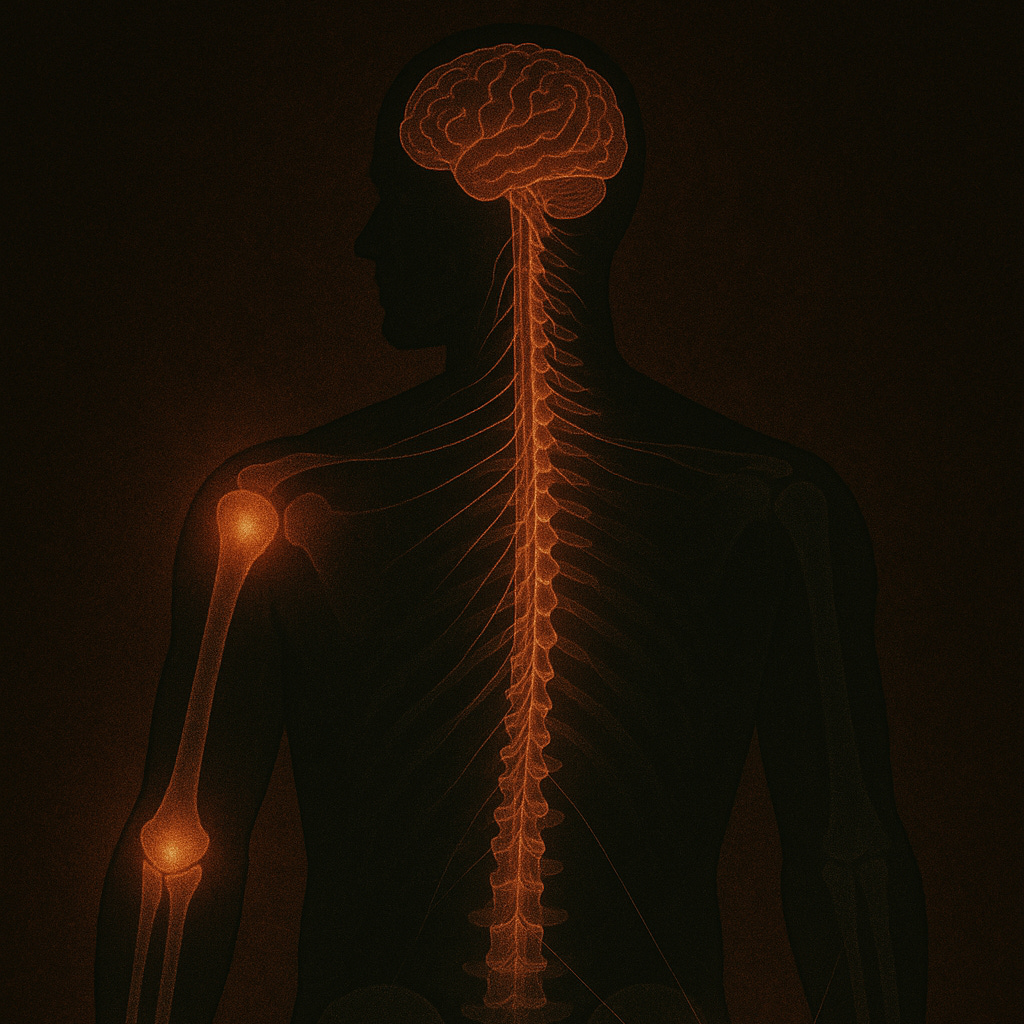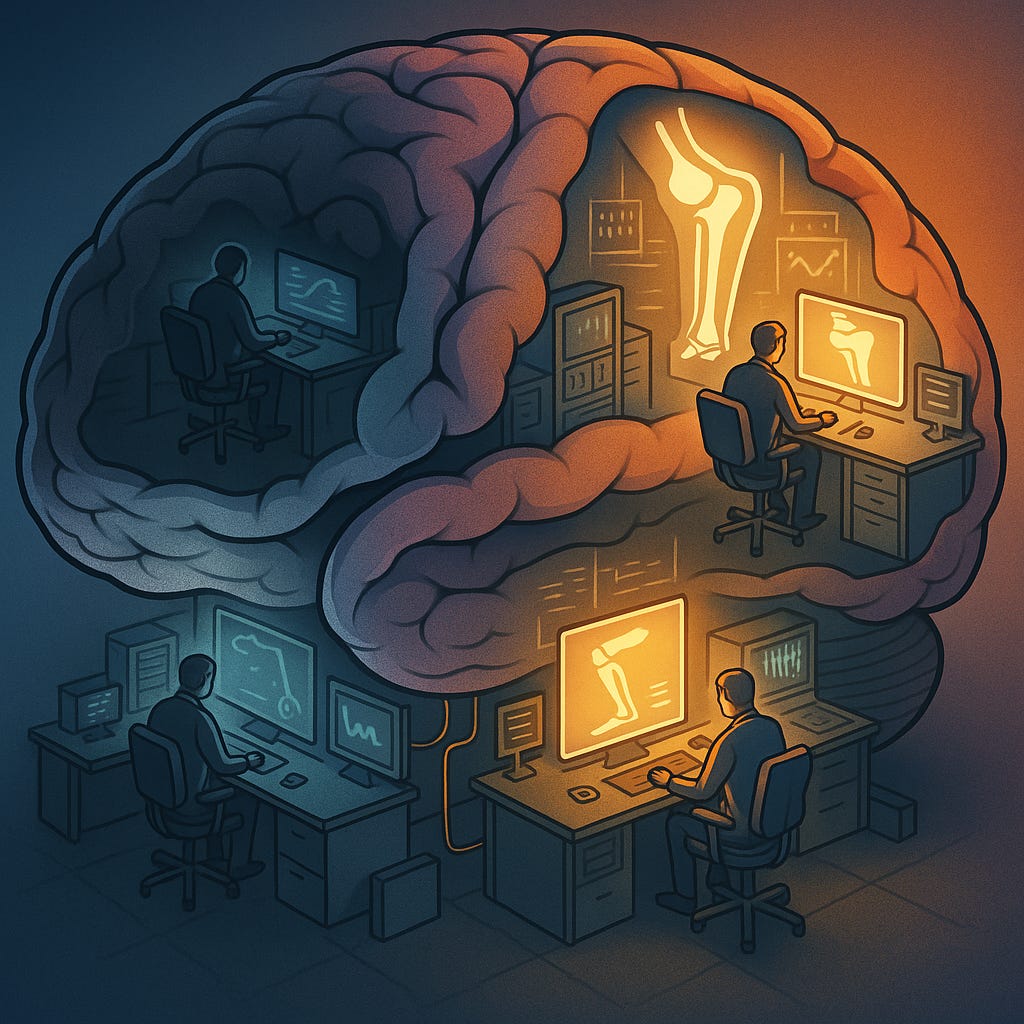You Can’t Exercise Your Way Out of This
Rethinking old narratives
You’ve probably heard this before:
“You just need to strengthen that muscle.”
“It’s not firing.”
“Just keep moving—it’ll get better.”
But here’s the truth: If your issue stems from joint dysfunction or poor tissue quality, no amount of general exercise is going to resolve it.
Most injuries aren’t caused by one ‘weak’ muscle, whatever that means. They’re multifactorial. And they’re often the result of accumulated compensation—your body working around problems for years.
The result? Layers of dysfunction, not just one area in pain.
Pain May Not Be Your Biggest Problem
Pain is real. But it’s complicated. As I’ve previously written about, pain is not always a reliable map of what’s wrong.
It often reflects outputs—signals your body is perceiving. But those signals might be rooted in poor tissue quality and impaired sensory feedback.
This isn’t something you can just “push through.” It’s something that can and needs to be addressed.
Training starts with perception: how your body maps movement internally.
Your body’s ability to maintain and develop tissue depends heavily on what you tell it matters.
And that communication is two-way: the quality of input from the tissue (afference) shapes what the brain is willing to support and reinforce.
If you’ve never “spoken” to the capsular tissue of your elbow, there’s little reason to expect that joint to send clear signals—or behave reliably under the demands of your sport.
The good news?
You can train that communication.
You can learn to connect with these tissues
Old Models Die Hard
It’s normal to want new information to fit into old frameworks. But if your framework is based on:
Outdated science and oversimplified solutions (e.g. your ‘core’ is ‘weak’)
Vague terms like “knots” or “imbalances”
Or generalized movement screens that don’t actually reveal anything tangible.
…it’s time for an update.
What Actually Works: Specificity + Practice + Time
Joints can be trained. Connective tissues can adapt. But not through general movement alone.
These tissues require targeted, consistent input that respects their biological makeup.
That’s why stretching and strengthening often fall short—they don’t give your joints what they actually need to change.
This kind of training isn’t theoretical. You have to feel it.
I tell every client—from pro athletes to weekend warriors:
“You need to practice your homework more.”
Even seasoned clients forget this. Especially when things start to feel better.
But if you stop there? You’re not finishing the process. You’re just starting it.
You’re Not “Done”—You’re Just Beginning
This isn’t about chasing reps. It’s about developing self-awareness—and a new relationship with your physical sensations:
How your joints move
What your tissues can tolerate
Whether your body can meet the demands you place on it
That takes:
Time
Attention
Effort
This isn’t rehab as you know it. It’s physical re-education—centered on you.
So slow down. Close your eyes. Feel what you’re doing.
You’re not just exercising anymore.
Out With the Old (Passive Treatment), In With the New (Active Ownership)
You’re not broken. You don’t need to be “fixed.”
But you do need a better framework—One that helps you:
Train smarter
Manage pain better
Build real physical capacity
If you’re interested in 1:1 training or are an FRS® provider looking for guidance, visit www.theartofstrong.com.
If you’re a fitness professional or manual therapist interested in our courses, visit www.functionalanatomyseminars.com.


